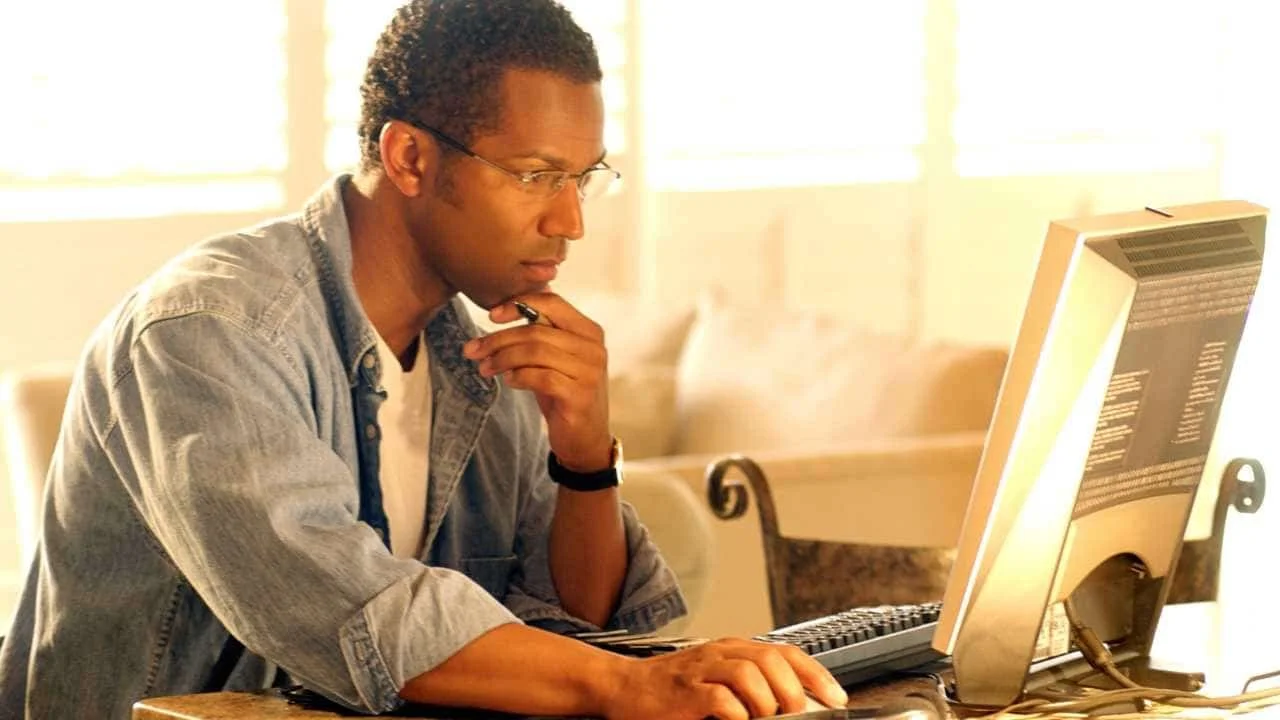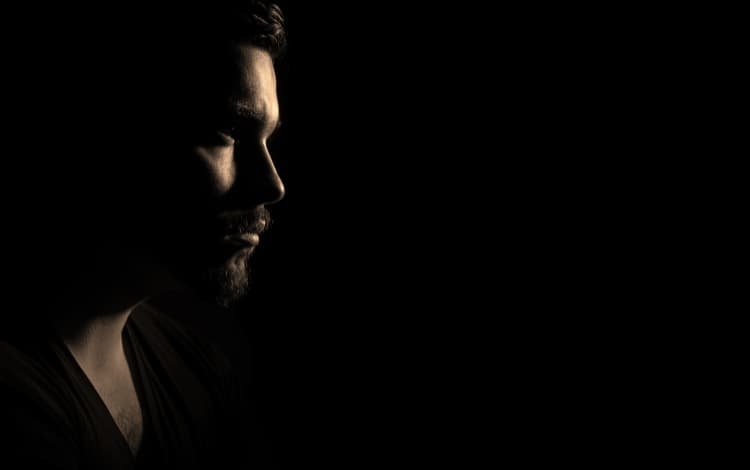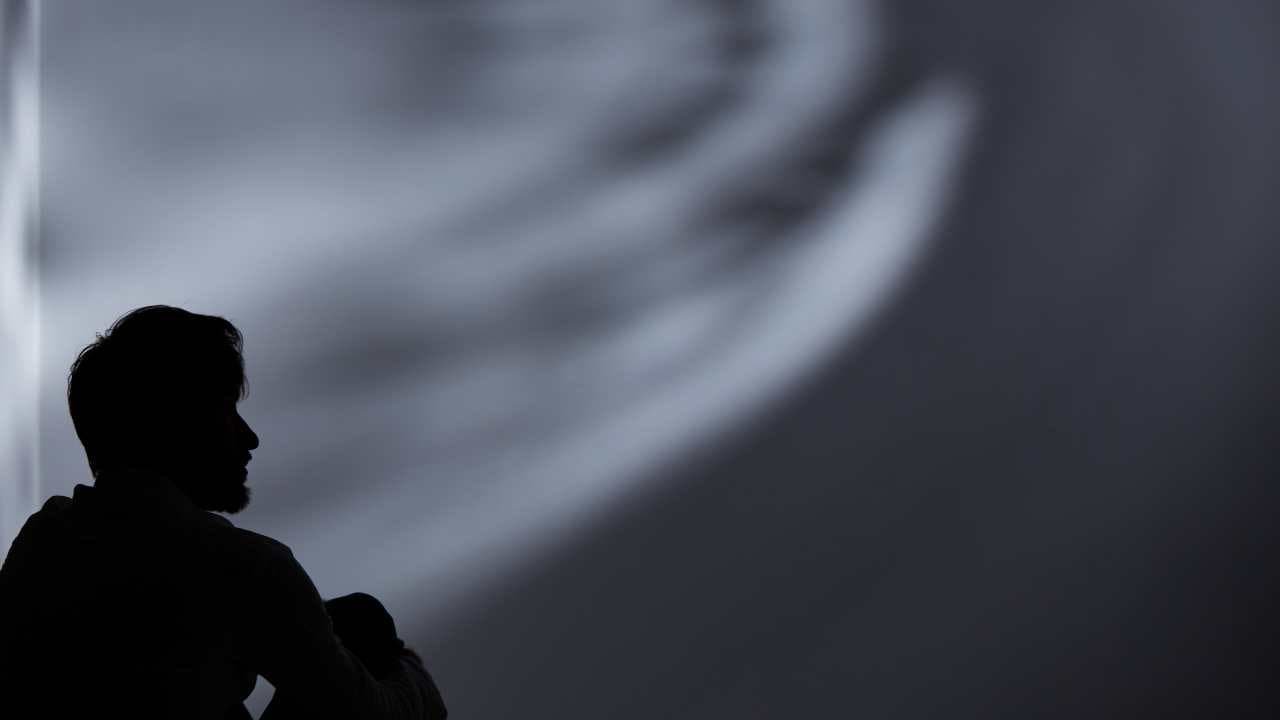What Is Homophobia and How To Deal With It
This article examines the persistence of homophobia across society, quantifies the mental health impacts anti-gay discrimination breeds, and offers actionable advice on finding community support.
Estimated Reading Time: 4 min 14 sec
Homophobia - the irrational fear or hatred of gay people - continues to impact far too many lives.
As a therapist who works with gay men, I see the discrimination they face take a heavy toll on mental health.
This article examines the origins and forms of homophobia, quantifies its destructive impacts, and offers advice on countering anti-gay biases while building community support.
What is homophobia?
Homophobia encompasses negative attitudes, beliefs, and behaviors that target gay men for being attracted to other men.
It stems from the perception that homosexuality goes against traditional relationship norms.
More specifically, homophobic assumptions wrongly portray gay men as living immoral, uncertain, and abnormal lifestyles.
Types of homophobia against LGBTQ individuals
Different types of homophobia exist, depending on who the attitudes, beliefs, and behaviors are directed towards. Below are four main types:
Gayphobia relates to discrimination against gay men.
Lesbophobia is the rejection of lesbians.
Transphobia is related to the non-acceptance of transgender people.
Biphobia refers to prejudice against people who have feelings for both sexes.
This last type of homophobia highlights the ingrained idea that people should choose a single sexual orientation, either same-sex or heterosexual.
Different levels of homophobia
Homophobia has levels in addition to types.
Personal homophobia, or "cognitive homophobia," comprises ideas and thoughts about same-sex sexual orientation. These prejudices and irrational beliefs come from the idea that gay people deserve to be hated because they don't control their sexual attraction and desires.
Affective homophobia shows up as bad feelings, like irrational fear and discomfort around people with the same sexual orientation as you.
Behavioral homophobia, also called interpersonal homophobia, is using words and actions against same-sex sexual orientation. It happens when personal bias turns into discriminatory actions.
Institutional homophobia describes educational, religious, professional, business, and legal entities’ pressure on LGBTQI+ people.
Different manifestations of homophobia
There are also different manifestations of homophobia.
Liberal manifestation of homophobia limits the expression of same-sex attraction and behavior in private places.
Symbolic manifestation refers to a subtle expression of aggression, such as mockery, ridicule, and pejorative terms. This kind of subtle aggression is accepted by society to the point where gay, lesbian, bisexual, and transgender people can also do it.
People say that physical violence, attempts to kill people, and crimes against gay people are the most apparent and despised signs.
What does homophobia look like?
There are subtle and blatant forms of homophobia. In addition, it appears both institutionally and personally.
Here are some ways homophobia exists in our society.
Children and adults being bullied and harassed
The view that the LGBTQ+ community doesn't have the same rights as others
Violence against LGBTQIA+ people based on their sexual orientation, identity, or gender expression, including murder and physical abuse
Microaggressions and indirect discrimination, including avoiding socializing with LGBTQIA+ people
Having the belief that gay, lesbian, bi, and trans-plus people want to "convert" children
Assuming that religion or culture justifies prejudice and dislike against the LGBTQI+ community
Being prejudiced against LGBTQIA+ people or thinking that they are less valuable to society
Am I homophobic?
It's normal to question if you have any personal biases against LGBTQ+ people. Homophobia often stems from a lack of exposure, conservative upbringings, or social influences that unintentionally instill prejudice.
Signs of homophobia can include:
Assuming gay and lesbian people lead inherently immoral lifestyles
Feeling disgust towards public displays of affection between same-sex couples
Using terms like "that's so gay" in a derogatory manner
Laughing at homophobic jokes or put-downs
Believing common myths that portray LGBTQ+ people negatively
Remaining silent when witnessing anti-gay remarks or harassment
Feeling that being gay or trans is just a lifestyle choice or phase
The good news is self-awareness and education can lead to growth. It takes courage to question your beliefs when you've been conditioned to view the world a certain way. But exposing yourself to LGBTQ+ people and their stories often leads to understanding.
At the end of the day, homophobia stems from seeing people as the "other." Challenging stereotypes reveals we have more commonalities than differences.
What causes homophobia?
Homophobia stems from various social and psychological factors including:
Social learning of prejudicial beliefs: Family, institutions, and media often reinforce negative stereotypes.
Religious condemnation: Scripture is often taken out of historical context to justify anti-LGBTQ+ beliefs.
Group bias: Favoring the "in-group" leads to discrimination against the LGBTQ+ "out-group"
Fear of the unknown: Lack of exposure perpetuates homophobic assumptions.
Internalized hatred: Struggling to accept one's identity can project outward homophobia.
Social dominance: Systems that justify inequality by suppressing minority groups.
Lack of awareness: Education on the innate nature of homosexuality can counter myths.
The far-reaching impacts of homophobia
Homophobia breeds both systemic discrimination and interpersonal harm against LGBTQ+ people in various forms.
Mental health issues are widespread due to internalized negative attitudes about one’s identity. Studies show gay, lesbian, and bisexual people face higher risks of depression, anxiety, low self-esteem, and suicidal ideation.
Physical and verbal violence persists – ranging from bullying in schools to horrific hate crimes in society.
Institutional biases via unequal policies also take their toll through diminished housing, workplace, and healthcare opportunities.
The cumulative effects significantly hinder overall well-being and potential. Those persecuted for their identity are wrongfully robbed of safety, dignity, and the chance to thrive as their authentic selves.
Seeking community support is critical. Connecting with affirming people provides strength in numbers to stand up against homophobia in all its manifestations. Though the road ahead remains long, increasing visibility and education continue bending the arc toward justice.
How to cope with homophobia
Though challenging, there are proactive ways to counter homophobia.
Seek community: Connect with organizations and people who provide affirmation and strength in numbers.
Find support: An LGBTQ+ positive therapist can build resilience and coping strategies to work through internalized shame.
Know your rights: Get educated on local laws and resources to stand up against discrimination.
Create change: Advocate for equality by supporting anti-homophobia and LGBTQ+ campaigns, however small.
Most importantly, know that being gay is not wrong or "abnormal" even if some portray it as such. Quieting your orientation hurts the soul. Surround yourself with voices that celebrate unconditional love so you can embrace life as your authentic self.
Just as darkness cannot drive out darkness, only light and understanding can erode ignorance over time. We all crave support. Together, progressive community and persistence pave the way.
Are you experiencing homophobia for being gay?
If you are facing any form of homophobia, prejudice, or discrimination, consulting with a professional could be beneficial.
I have assisted numerous gay men in dealing with the repercussions of a homophobic environment. Please feel free to reach out to me. Let's start a conversation.






